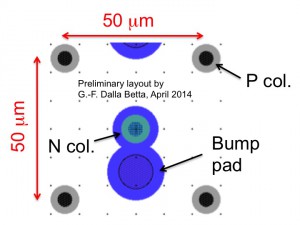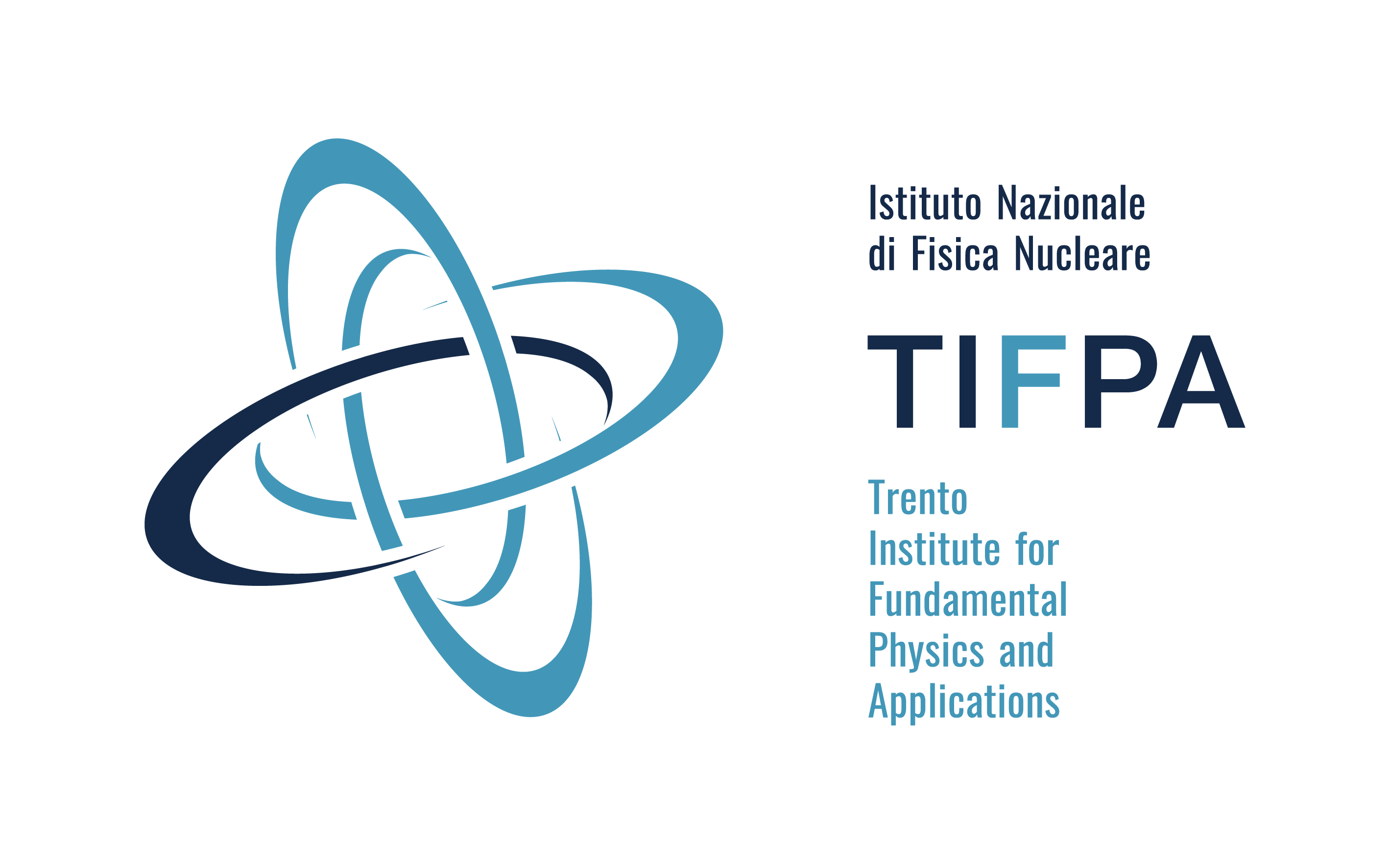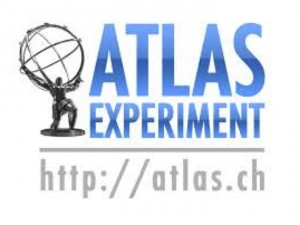ATLAS RD-FASE2
ATLAS is a particle physics experiment at the Large Hadron Collider (LHC) at CERN, that is searching for new discoveries in the head-on collisions of protons of extraordinarily high energy. It investigates a wide range of physics, from the search for the Higgs boson to extra dimensions and particles that could make up dark matter. Along with the other LHC general-purpose detector, CMS, ATLAS discovered the Higgs boson in 2012. Since the LHC was restarted earlier in 2015, with new records in proton energy being reached, further data are being collected that will allow in-depth investigation of the boson’s properties and thereby the origin of mass. In parallel, R&D activities are under way for the future, Phase-2 upgrades of the LHC, that will require completely new detectors.
The Science
Within the manifold activities and tasks of a huge project like ATLAS, the specific contribution from the Trento group is concerned with the development of new 3D pixel sensors for the Inner Tracker (ITk).
The group was already involved in the successful development of the 3D pixels for the Insertable B-Layer (IBL), that is now installed within the ATLAS pixel detector.
The goal is now to work toward a new generation of 3D pixels able to cope with the challenging requirements of the Phase-2 High-Luminosity LHC, among them: higher hit-rate capability,
increased granularity (e.g., 100x25 or 50x50 μm2 pixel size), higher radiation tolerance (up to a fluence of 2x1016 neq cm-2 for the inner layers), reduced material budget and better geometrical efficiency. The implications for 3D pixel sensors are: thinner active layers, narrower electrodes, reduced inter-electrode spacing, and very slim (or active) edges.
This calls for significant enhancements in both the fabrication technology and the design of 3D pixels.
A three-year R&D program (RD-FASE2), also in cooperation with CMS colleagues, has been started in 2014.
Two batches of new thin 3D pixel sensors will be fabricated at FBK on 6””, SiSi DWB wafers. The technology and the design will be optimized and qualified for extreme radiation hardness. Pixel designs compatible with present (FEI4, PSI46, etc. for testing) and future (RD-53 65nm) front-end chips of ATLAS and CMS are considered. A preliminary pixel layout (50x50 μm2) is shown in the figure below.
TEAM
• Involved external institutions: Full list available at the collaboration website
• INFN groups: Bologna, CNAF, Cosenza, Frascati, Genova, Lecce, Milano, Napoli, Pavia, Pisa, Roma I, Roma II, Roma III, TIFPA, Udine
• Principal Investigator: Marina Cobal, INFN Udine (ATLAS), Gian-Franco Dalla Betta, INFN TIFPA (RD-FASE2)
• INFN Project: CSN I
• Duration: 2014 - 2016
TIFPA Team
• Local responsible for TIFPA: Gian-Franco Dalla Betta
• Involved TIFPA people: Mostafa Khatib, David Macii, Roberto Mendicino, D M S Sultan, Giovanni Verzellesi
Images




